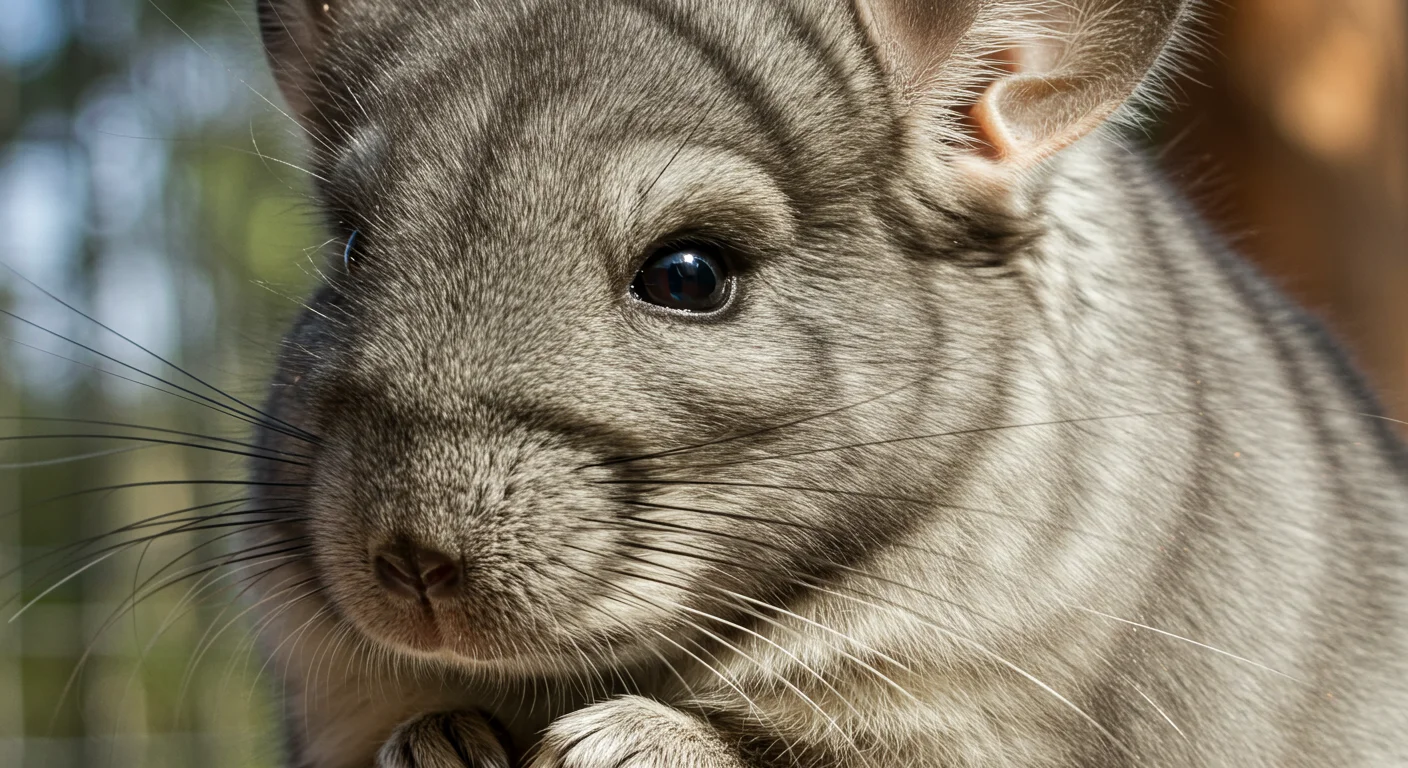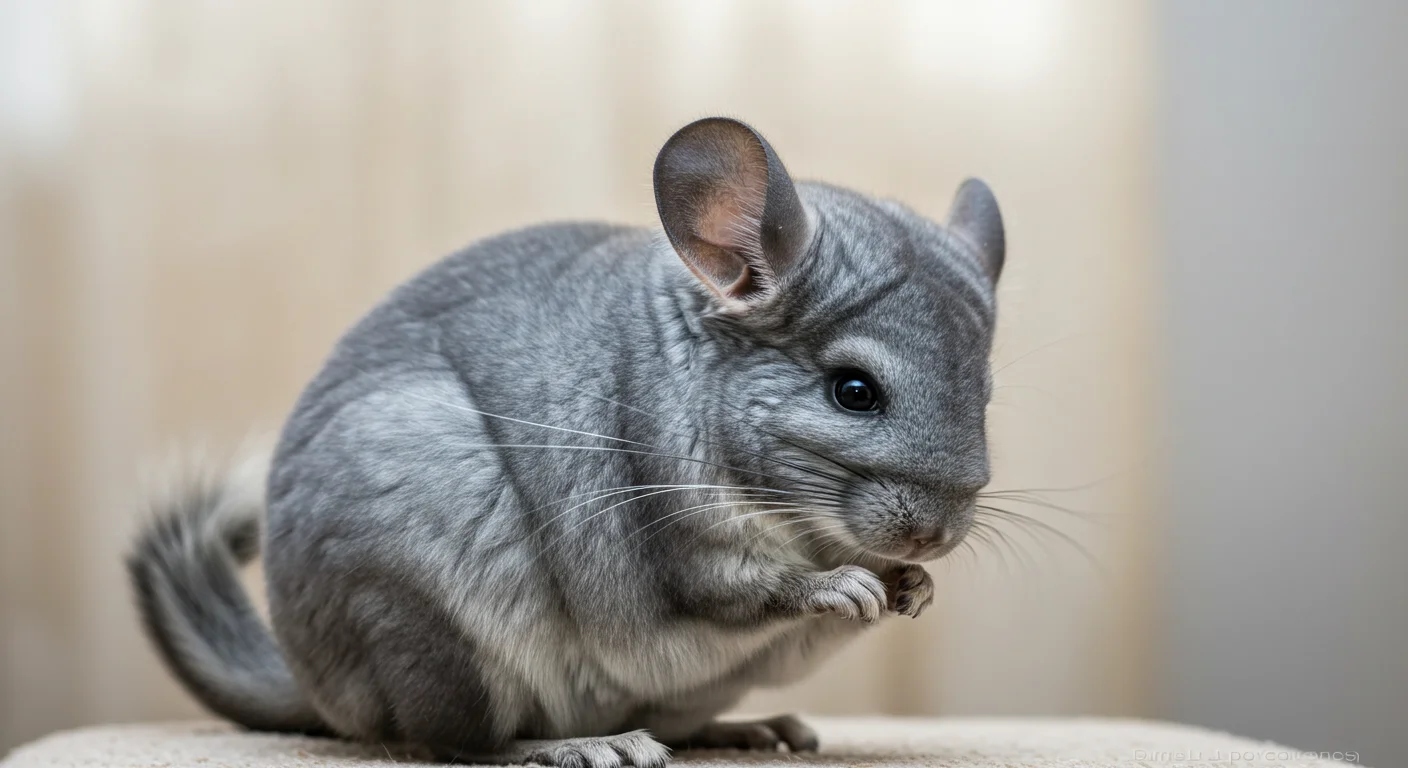Traveling with a Chinchilla: Essential Guidelines
Chinchillas are sensitive animals that thrive on routine and a stable environment. Travel can be inherently stressful for them due to changes in surroundings, temperature fluctuations, motion, and noise. Therefore, the first question to ask isn’t *how* to travel with your chinchilla, but *if* you should travel with them at all. In most cases, leaving them at home with a competent pet sitter is the less stressful option.
Should You Travel With Your Chinchilla?
Consider these points before deciding to take your chinchilla on a trip:
- Stress Levels: Travel is almost always stressful for chinchillas. Is the trip absolutely necessary for the chinchilla (e.g., moving house, essential vet visit)?
- Duration: Short trips (like a vet visit) are manageable. Longer trips increase stress significantly. Vacations are generally not suitable occasions to bring a chinchilla.
- Temperature Control: Can you guarantee a consistently cool environment (60-70°F / 15-21°C) throughout the entire journey and at the destination? This is often the biggest challenge.
- Accommodation: Will your destination be chinchilla-proof and welcoming? Many hotels don’t allow exotic pets.
- Alternatives: Is finding a reliable pet sitter who can care for your chinchilla in their familiar home environment a viable option? This is usually preferable.
For routine vacations or short trips away from home, arranging reliable chinchilla pet sitting services is strongly recommended over taking them with you.
Preparing for Travel (If Necessary)
If travel is unavoidable (e.g., moving):
- Acclimatize to Carrier: Introduce the travel carrier well in advance. Leave it in their play area with treats or hay inside so they associate it positively.
- Gather Supplies: Pack their regular pellets, hay, water bottle/dish, familiar bedding (a small amount), chew toys, and any necessary medications. Bring water from home or bottled water to avoid upsetting their system with different water.
- Vet Checkup: Ensure your chinchilla is healthy before traveling, especially for longer distances. Get copies of any relevant medical records if moving.
The Travel Carrier
Choose a carrier specifically designed for small animals:
- Size: Large enough for the chinchilla to turn around comfortably, but not so large they get thrown around during motion.
- Ventilation: Must have excellent ventilation on multiple sides, but avoid wide bar spacing they could escape through.
- Security: Secure latch or door mechanism.
- Solid Floor: Line with familiar bedding (aspen shavings or fleece). Avoid overly deep bedding they could burrow into and overheat.
- Cover: Have a light, breathable cover (like a thin towel) to drape partially over the carrier to reduce visual stress, while still allowing airflow.

During the Journey
- Provide Hay: Always have a small amount of hay available in the carrier.
- Water Access: For short trips (under 2-3 hours), water isn’t usually necessary inside the carrier (risk of spills). For longer trips, securely attach a small, functioning sipper bottle or offer water during stops. Monitor for dehydration.
- Limit Food: Avoid giving pellets or treats during transit unless it’s a very long journey, to minimize mess and potential G.I. upset. Hay is the priority.
- Minimize Handling: Avoid taking the chinchilla out of the carrier during the journey unless absolutely necessary.
- Keep Calm: Maintain a quiet environment. Avoid loud music or excessive noise.
Car Travel Specifics
- Temperature Control: This is CRITICAL. Use air conditioning to keep the car cool (60-70°F / 15-21°C). Never leave a chinchilla unattended in a car, even for a minute, as temperatures can rise rapidly. Avoid direct sunlight on the carrier.
- Secure the Carrier: Place the carrier on the floor or securely seatbelt it onto a seat to prevent sliding or tipping. Ensure vents aren’t blocked.
- Smooth Driving: Avoid sudden stops, starts, and sharp turns.
- Frequent Stops (Long Trips): Offer water during stops and check on the chinchilla’s condition.
The biggest risk during car travel is preventing chinchilla heatstroke in vehicles. Constant vigilance regarding temperature is essential.
Air Travel (Generally Not Recommended)
Air travel is extremely stressful and risky for chinchillas.
- Cabin vs. Cargo: NEVER allow a chinchilla to travel in the cargo hold due to extreme temperature fluctuations and pressure changes.
- Airline Policies: Very few airlines permit chinchillas in the cabin. Policies change frequently; extensive research and direct confirmation are required. Health certificates are usually mandatory.
- Stress Factors: Airport noise, security screening, cabin pressure/temperature changes, and confinement create immense stress.
- Recommendation: Exhaust all other options before considering air travel. It poses significant risks to a chinchilla’s health.

Finding a Pet Sitter (Preferred Option)
The best scenario for your chinchilla when you travel:
- In-Home Care: Find a reliable friend, family member, or professional pet sitter experienced with exotic pets, specifically chinchillas.
- Instructions: Provide detailed written instructions covering feeding, watering, dust baths, temperature monitoring, signs of illness, and emergency contact information (including your vet’s details).
- Supplies: Leave more than enough food, hay, dust, and bedding.
- Check-ins: Arrange for daily check-ins.
Prioritizing your chinchilla’s well-being often means leaving them in their familiar, safe environment rather than subjecting them to the stresses of travel. Only undertake journeys with your chinchilla when absolutely necessary and with meticulous planning focused on their safety and comfort.








